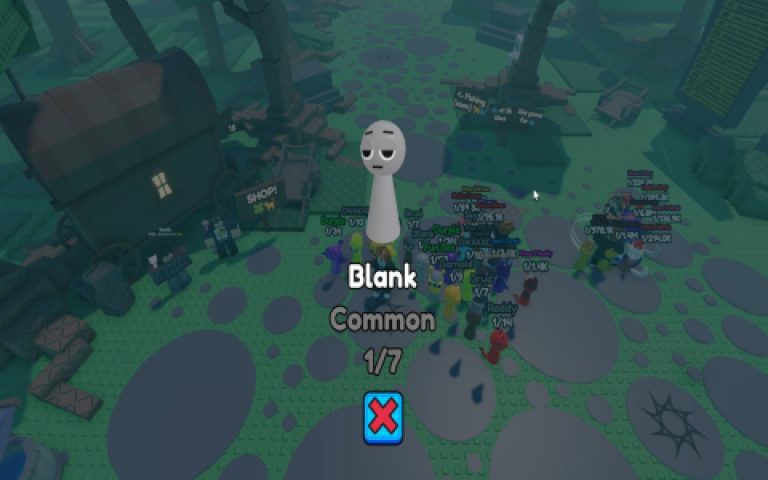Implementing reliable dungeon randomization requires careful RNG management. Follow these professional steps:
Step 1: Initialize RNG Properly
Seed your Random Number Generator using cryptographic-strength entropy sources. Avoid default seeds.
Correct approach:

- Use system entropy sources like
/dev/urandomor cryptographic APIs - Combine multiple entropy sources (system time + hardware identifiers)
Step 2: Establish Valid Ranges
Define mathematical boundaries for dungeon parameters before generation:
- Room quantity limits (e.g., min=5, max=15)
- Tile placement boundaries
- Enemy spawn caps per room
Step 3: Store and Reuse Seeds
Persist RNG seeds in dungeon metadata using:
- 64-bit integers or byte arrays
- Separate seeds for layout, enemies, and loot
Step 4: Apply Weighted Distributions
Prevent clustering with distribution control:
Implementation:
- Use Gaussian distribution for room spacing
- Apply Poisson distribution for enemy placement
- Implement falloff curves for loot rarity
Step 5: Validate Output
Automatically verify dungeon integrity post-generation:

- Pathfinding checks between critical rooms
- Collision detection for overlapping geometry
- Resource allocation audits
Execute regression tests with stored seeds to reproduce and fix generation failures. Always separate RNG streams for deterministic outcomes.













